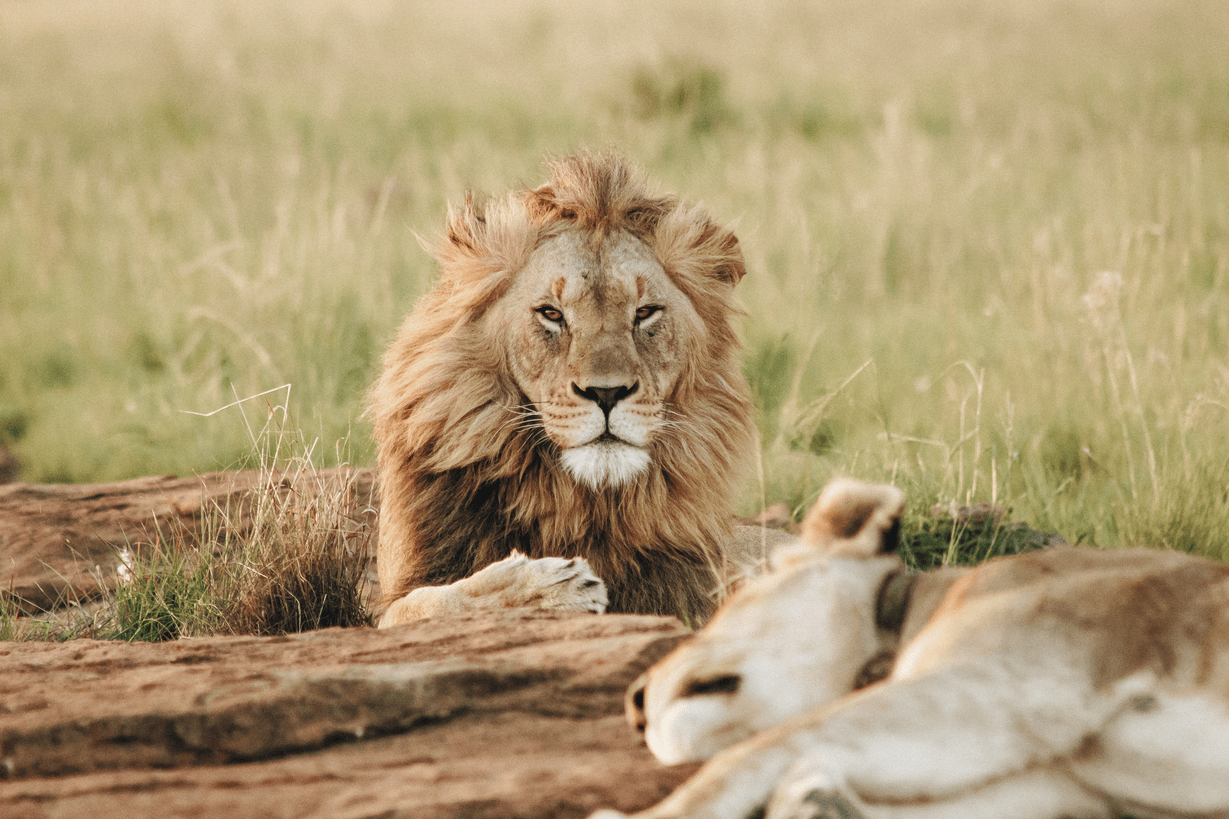
In Namibia, there’s an exciting new leopard research and conservation activity in the pipeline. It’s being developed by Okonjima’s AfriCat Foundation, creator of one of Africa’s longest-running big cat field studies. Launching in early 2026, it will introduce the tech that makes AfriCat tick. Here, we preview what it might include.
On safari, sightings are never guaranteed. That’s part of the mystique, of course. But park rangers, safari guides and trackers love trying to beat the odds. So if your heart’s set on a particular species – be it the elusive aardvark or a herd of mighty elephants – it’s a great idea to let them know.
Tracking leopards in Okonjima

If it’s leopards you’re looking for, Namibia’s Okonjima Nature Reserve is an excellent bet. Handily located between Windhoek and Etosha and measuring just 220km2 (less than one-tenth of England’s Lake District), this beautiful, family-run highland reserve is home to an unusually high concentration of leopards. Protected by the reserve’s fences, they have no lions or elephants to bother them. Around 30 leopards spend more than three-quarters of their time in the reserve, a statistic derived from camera trap data. Of these, 18 wear VHF radio collars whose main purpose is to deliver additional research material. As a bonus, they also make these leopards satisfyingly easy to find.
If your time in Okonjima is fairly limited, make a leopard-tracking drive your top priority. This is rightly one of the reserve’s most popular activities. With great expertise, the 18-strong guiding team use hand-held telemetry kit to narrow the search. “I’m proud to say that when taking guests out to find leopards, our success rate is around 80 per cent,” says head guide Martin Njekwa. “VHF tracking makes all the difference, because our leopards have larger territories than those living in higher rainfall areas, and we have acacia thickets and tall grasses to contend with.”
If you’ll be staying in the reserve for several days, so much the better: setting out daily, you could track the same leopard each time, for an intimate glimpse into their world, or broaden your experience by exploring the territories of cats of different genders, ages and temperaments.
Diving deep into leopard behaviour

Martin and his team know the leopards’ habits inside out, and can chat volubly about their life histories. Dig into your safari vehicle’s seat pockets, and you’ll find territory maps and family trees to enhance your understanding. They’re the work of Okonjima’s AfriCat Foundation, which was founded in 1993 and has been studying Okonjima’s leopards since 1997. Guest sightings and photos, meticulously logged by the guides, contribute important data to this exceptionally long-running project.
Crucially, the foundation has been assessing the contribution that enclosed protected areas such as Okonjima can make to conservation and scientific knowledge. “Our camera traps and tracking data reveal the location and extent of the leopards’ territories, how they overlap, and how they alter over time,” says Karen Codling, AfriCat’s director. “Meanwhile, the research programmes we support are delving into little-studied leopard behaviour, such as prey-sharing – a surprising thing for a solitary cat to do – and situation-specific vocalisations.”
In an exciting development, visitors to Okonjima will soon have the chance to learn about AfriCat’s research agenda and methods in depth. In January 2026, a brand new behind-the-scenes experience will launch. Still in development, it’s likely to include a hands-on introduction to Okonjima’s radio collars, camera traps and data analysis systems.
Eager to boost your chances of seeing a leopard, or have your heart set on seeing something else? Since no two parks and reserves are the same, make it your mission to visit the ideal habitat with a top-notch guiding team. Try scanning Expert Africa’s Best Chance to See wildlife map: it’s a powerful trip-planning tool.





